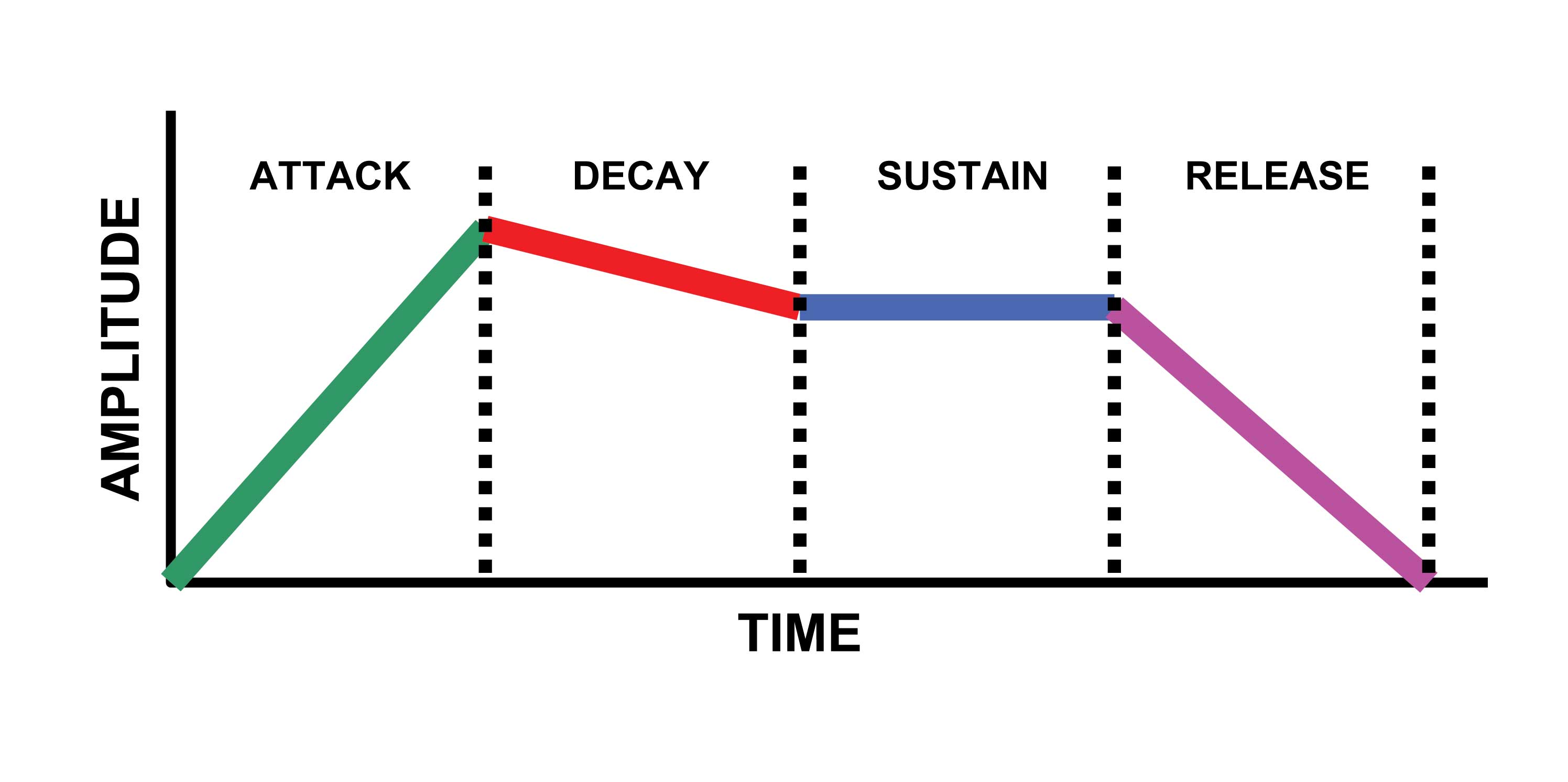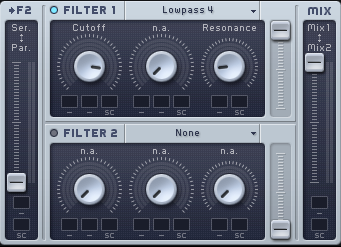
Sound Harmonics And Harmonic Distortion Explained
A quick to explain harmonics and harmonic distortion: why does an ‘A’ note sound different on a piano than the ‘A’ note on a guitar? Quick hint: the answer is got something to do with the harmonic content so we’re going to break that down today while explaining different harmonic sounds and the harmonic distortion.
After understanding the stuff we’re fronting you with today you will be able to build more complex structures when it comes to sound designing so you might want to pay attention in case harmonics is a soft spot for you as a new music producer.
We can split harmonic content into 2 different groups and the first one can go under the name of ‘Fundamental Frequency’. This will determine the Pitch of the sound and followed closely, the second group is placed as ‘Harmonics’. These are the input sound waves that are hold whole multiple numbers of the Fundamental Frequency. The fundamental frequency of an A2 note is 110 hertz and the harmonics is around at 220 which is the second harmonic and an octave up. Doubling in frequency represents an octave. 770 Hz or the Seventh Harmonic and 1100 Hz or the Eleventh Harmonic are both unrelated pitches and that simply means our ears can’t relate a pitch to it.
When audio signal travels through an electronic device we ideally want the output signal to be similar to it but the thing is every processor adds some harmonics that were not present in the input signal. Naturally this has got to do with the nature of the components (electronic). Since these added Harmonics are a distortion of the input signal we referrer to this as Harmonic Distortion. We can express Harmonic Distortion in percentage and it’s noted with ‘%THD’ or actually Total Harmonic Distortion. To identify this you can perform a test by running a sound wave through a Compressor while trying to identify the output result with the Total Harmonic Distortion being included. When people talk about ‘warmth’ added to the Analogue sound it’s really because of the Total Harmonic Distortion added to the output signal in usage.
If you’re having trouble understand the process the tutorial includes a test performed on a input signal through a Compressor with the output result being analyzed. You’ll also be exposed to the difference between tube and transistors in electronic equipment and sound processing so check it out. Enjoy the video!



